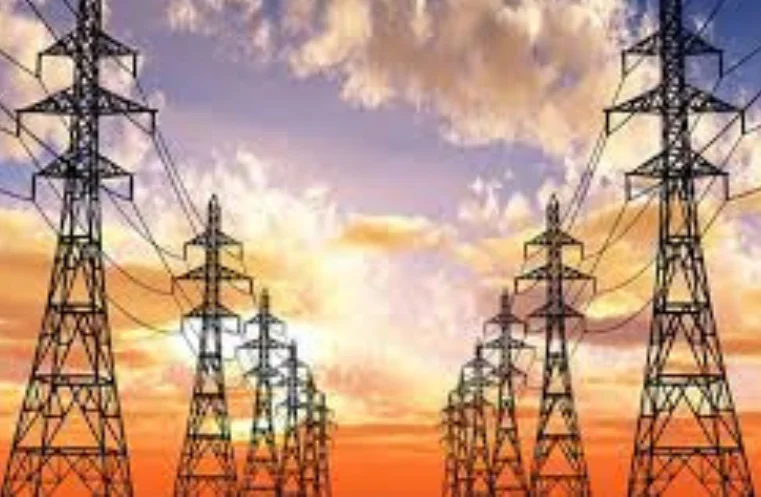Islamabad, Mar 8, 2025: Pakistan’s power sector is grappling with multiple challenges, including mismanagement, financial instability, and policy uncertainty.
The sector requires urgent modernization, yet attracting sufficient investment remains a significant hurdle.
The Indicative Generation Capacity Expansion Plan (IGCEP 2024-34) and the Transmission System Expansion Plan (TSEP 2024-34) estimate that Pakistan will need at least $72 billion in investments over the next decade.
This funding is essential for expanding power generation, upgrading the grid, and integrating renewable energy sources.
To address the investment gap, the Special Investment Facilitation Council has been striving to bring in foreign capital.
However, inconsistent policies and recent government interventions have weakened investor confidence.
One major issue is the renegotiation of contracts with independent power producers. While intended to improve terms, these renegotiations have led to concerns about the reliability of long-term agreements.
Investors now perceive Pakistan’s energy market as unpredictable, further deterring much-needed capital flow.
Read More:
Investors Bid to Acquire 8.02% Stake in Calcorp Limited
Moreover, the credibility of sovereign guarantees, once regarded as ironclad commitments, has been severely undermined.
International lenders, including the Asian Development Bank, have cautioned that unilateral amendments to power purchase agreements (PPAs) could have serious repercussions for the sector.
K-Electric recently secured Pakistan’s lowest bids for its 640 MW renewable energy projects.
However, these projects are facing delays due to regulatory bottlenecks and uncertainty over their inclusion in the IGCEP.
Both Sindh and Balochistan governments have urged the federal administration to expedite approvals to ensure these crucial clean energy projects move forward.
A clear, investor-friendly regulatory framework is essential to attract long-term investment.
Eliminating bureaucratic inefficiencies, ensuring contract enforcement, and maintaining financial stability will be key to reviving investor trust.
On the distribution front, the government is struggling with the privatization of loss-making power distribution companies (DISCOs).
A ministerial committee has recommended privatization over provincial transfers to prevent shifting financial burdens without addressing the root causes of inefficiency.
The Sindh government has declined to take control of the loss-ridden Hyderabad Electric Supply Company and Sukkur Electric Power Company, citing financial constraints.
This highlights the absence of a concrete strategy to resolve the ongoing crisis, leaving these entities in a state of operational limbo.
Additionally, the move towards a Competitive Trading Bilateral Contract Market presents a structural issue. Under the current model, DISCOs are designated as the Supplier of Last Resort (SOLR) but are restricted from competing with new market entrants.
This setup leaves them burdened with high-loss consumers while private players target profitable segments, further threatening their viability.
Without comprehensive reforms, Pakistan’s energy sector will continue to struggle with high electricity costs, unreliable supply, and declining investor confidence.
The government must focus on grid modernization, regulatory consistency, and market-based policies to attract investment.
Failing to act swiftly will exacerbate the crisis and make the $72 billion investment goal increasingly difficult to achieve.









